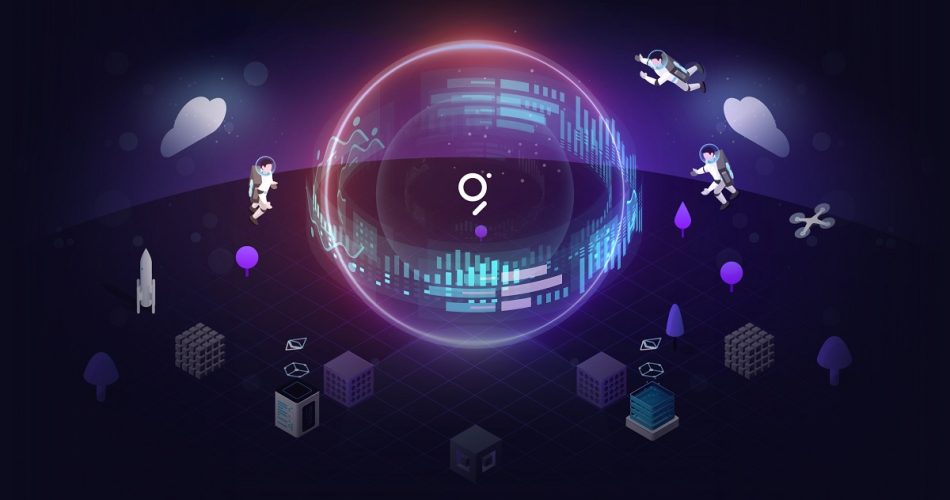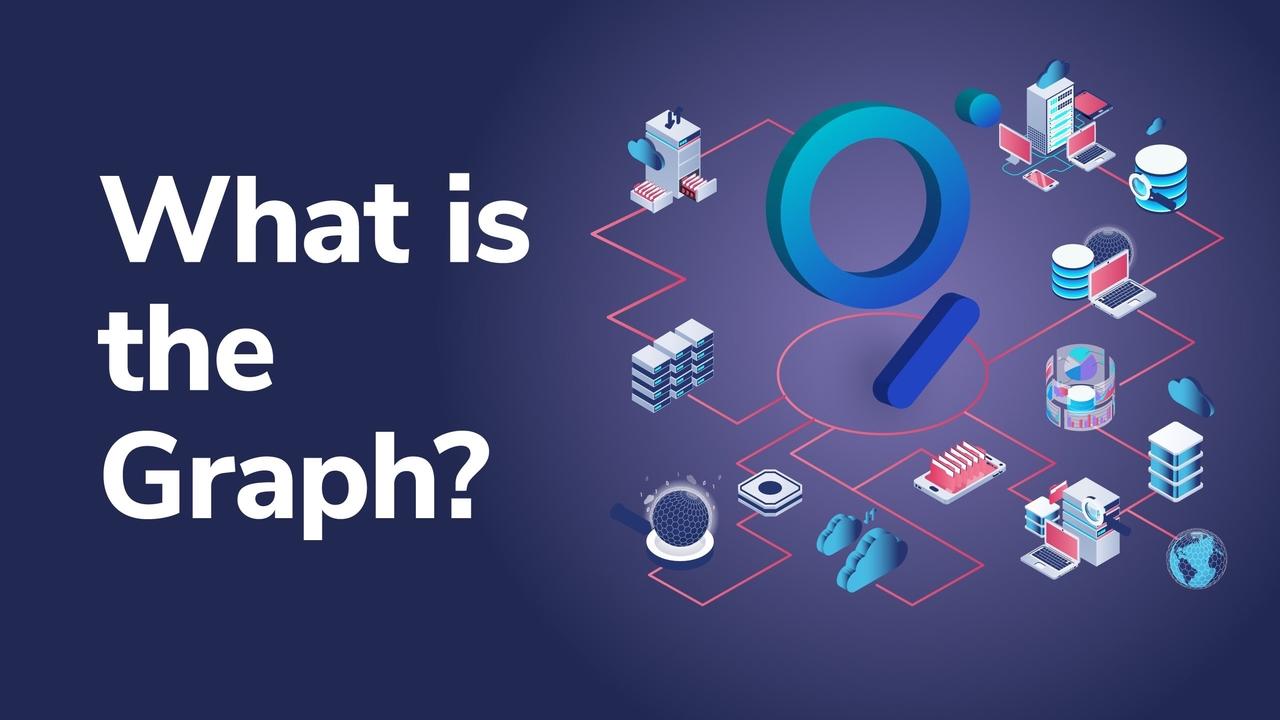The Graph is a decentralized protocol for indexing and querying data from blockchains. It utilizes a network of independent nodes known as Indexers to maintain and update subgraphs, which are open APIs that aggregate and organize blockchain data. By distributing the task of data indexing across multiple nodes, The Graph ensures data availability, security, and redundancy, making it more resilient to potential downtime or attacks.
The Graph Token (GRT): Enabling Decentralized Governance and Incentives
At the heart of The Graph’s decentralized ecosystem lies the GRT token, a utility token that serves multiple purposes within the network. Indexers stake GRT tokens to participate in the network and earn rewards for maintaining and updating subgraphs. Curators, who propose and approve subgraphs for indexing, also receive GRT rewards. Additionally, GRT holders play a crucial role in decentralized governance by voting on proposals that shape the network’s development and roadmap. This tokenomic structure incentivizes participation and ensures that the network remains aligned with the interests of its stakeholders.
Reshaping Data Access for Blockchain Applications
The Graph’s decentralized indexing capabilities have the potential to revolutionize the way blockchain applications interact with data. By providing a secure and reliable data infrastructure, The Graph empowers developers to build applications that seamlessly access and utilize blockchain data without relying on centralized entities. This opens up a world of possibilities for innovative applications that leverage blockchain technology to address real-world challenges across various industries.
Pros and Cons of Investing in The Graph (GRT)
Investing in The Graph (GRT) presents both opportunities and risks for potential investors.
Pros
-
Decentralized data indexing: The Graph’s decentralized approach offers several advantages over traditional centralized indexing solutions, including:
- Increased resilience: Decentralized networks are less susceptible to censorship and manipulation, as data is replicated across multiple nodes.
- Improved security: Decentralized networks are more difficult to attack, as they lack a single point of failure.
- Enhanced scalability: As the network grows, more nodes can be added to handle the increasing demand for indexing services.
-
Innovative tokenomics: The Graph’s tokenomic model incentivizes participation and ensures that the network remains aligned with the interests of its stakeholders.
- Indexers earn rewards for maintaining and updating subgraphs.
- Curators earn rewards for proposing and approving subgraphs.
- GRT holders participate in decentralized governance by voting on proposals that shape the network’s development and roadmap.
-
Broad applicability: The Graph can be used to index data from any blockchain network, enabling developers to build applications that access and utilize blockchain data without relying on centralized entities.
Cons
-
Early-stage development: The Graph is still in the early stages of development, and there is some risk associated with investing in a project that is not yet fully mature.
- Potential for bugs and security vulnerabilities.
- Uncertainty about the future direction of the project.
-
Limited user base: The Graph is not yet widely used, and there is a risk that it may not gain widespread adoption.
- Lack of integration with popular blockchain applications.
- Challenges in marketing and educating potential users.
-
Regulatory uncertainty: The cryptocurrency and blockchain industry is still in its early stages of development, and there is some uncertainty about the regulatory landscape.
- Potential for government intervention or regulation that could negatively impact the value of GRT.
Graph and AI
The Graph’s decentralized indexing capabilities can provide a secure and scalable infrastructure for AI applications that rely on access to blockchain data. For example, AI applications could use The Graph to access and analyze data from DeFi protocols to identify patterns and make predictions.
Here are some specific ways that The Graph can enable the integration of AI and machine learning into blockchain applications:
- Providing access to real-time blockchain data: The Graph can index real-time data from blockchains, which can be used by AI applications to make informed decisions in a timely manner.
- Aggregating and organizing data from multiple sources: The Graph can aggregate and organize data from multiple blockchains and other data sources, providing a holistic view of the data landscape.
- Filtering and transforming data: The Graph can filter and transform data based on specific criteria, making it easier for AI algorithms to extract insights.
- Providing data privacy and security: The Graph’s decentralized architecture protects data privacy and security, ensuring that sensitive information is not exposed to unauthorized access.
As The Graph continues to develop, its potential to enable the integration of AI and machine learning into blockchain applications is expected to grow. This could lead to the development of innovative AI-powered applications that address a wide range of real-world challenges.
Conclusion: A Promising Future for Decentralized Data Indexing
Despite the risks associated with investing in early-stage projects, The Graph presents a promising opportunity as a pioneer in decentralized data indexing. The project’s innovative approach, coupled with its strong community and focus on decentralization, has the potential to revolutionize the way blockchain applications interact with data. Investors should carefully consider the risks and potential rewards before deciding whether to invest in GRT.


